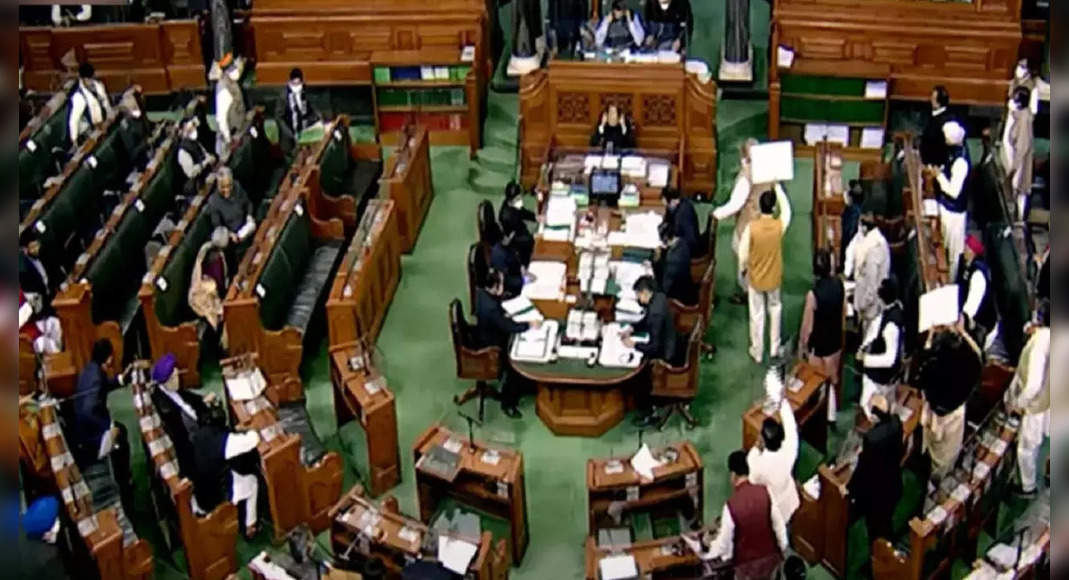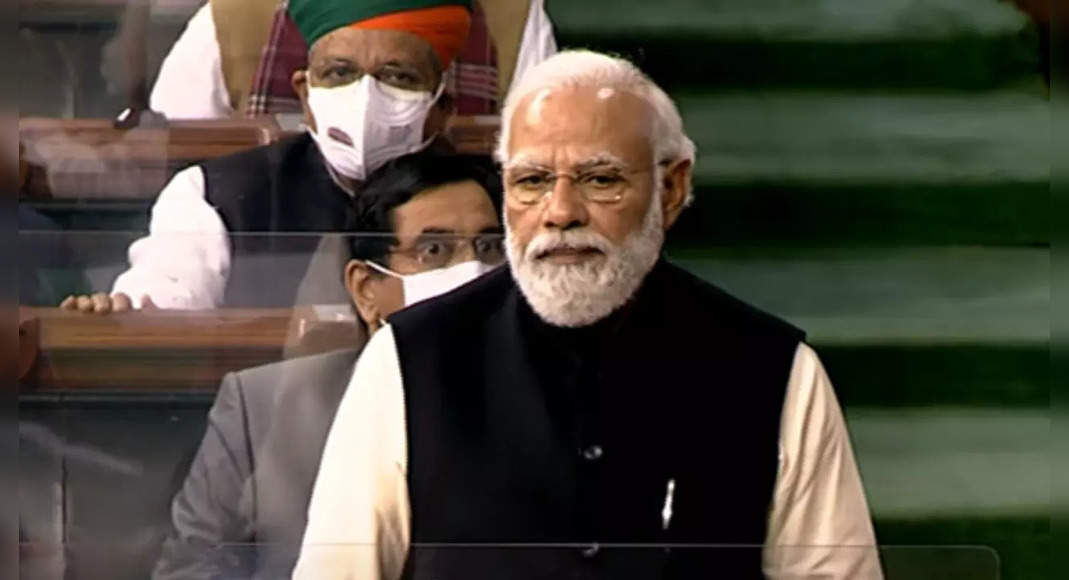NEW DELHI: India and its neighbours have together lost 90% of their original natural vegetation under their four common biodiversity hotspots with the biggest one — Indo-Burma hotspot — being the worst hit, reporting loss of nearly 95% of natural vegetation from originally estimated area of 2.3 million sq km.
The biodiversity loss figures were highlighted by the Centre for Science and Environment (CSE) in its latest annual statistical compendium on the state of India’s environment, released on World Environment Day last week.
Times ViewBiodiversity is vital to the ecological health and balance of any region.
As the American Museum of Natural history says, “It includes not only species we consider rare, threatened, or endangered but also every living thing — from humans to organisms we know little about, such as microbes, fungi, and invertebrates.” An alarming reduction in the area of biodiversity hotspots requires urgent attention from the authorities.Noting that the four biodiversity hotspots have been reduced to less than 10% of their original extent, CSE in its report also flagged that 25 plant species have gone extinct in these hotspots.
Besides the Indo-Burma hotspot which includes entire north-eastern India (except Assam), Andaman group of islands, Myanmar, Thailand, Vietnam, Laos, Cambodia and southern China; the other three hotspots in the country are Himalaya (Indian Himalayan region and the areas falling in Pakistan, Nepal, Bhutan, China and Myanmar), Western Ghats & Sri Lanka, and Sunda Land (Nicobar Islands, Indonesia, Malaysia, Singapore, Brunei and Philippines).
A ‘biodiversity hotspot’ is characterised by exceptional levels of plant endemism and by serious levels of habitat loss.
There are 36 biodiversity hotspots in the world.
Their combined areas cover 2.3% of the earth’s land surface.
“Each hotspot has already lost at least 70% of its original natural vegetation,” said the Botanical Survey of India.
It noted that over 50% of the world’s plant species and 42% of all terrestrial vertebrate species are endemic to the 35 biodiversity hotspots.The CSE’s report has compiled publicly available data from the ‘ecosystem accounts for India’ and the International Union for Conservation of Nature’s (IUCN) report on endangered species.
It said 12% of 1,212 animal species in India, monitored by the IUCN under its Red List monitors, are endangered.
The Indian Himalayan region is one of the areas that has lost most of its natural vegetation







